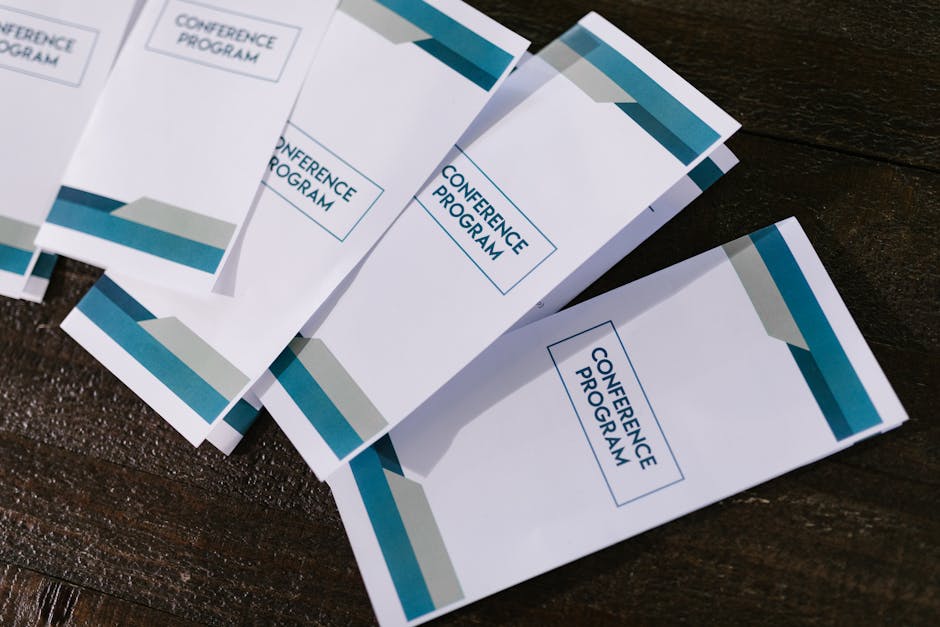The True Cost of Bad Meetings: How to Avoid Productivity Killers
“Bad meetings are a significant drain on workplace productivity, costing businesses both time and money. This article explores the common causes of ineffective meetings and provides actionable strategies for HR and IT managers to improve meeting quality, boost employee engagement, and maximize organizational efficiency. ”

The True Cost of Bad Meetings: How to Avoid Productivity Killers
In today's fast-paced business environment, time is a precious commodity. Yet, countless hours are wasted in unproductive meetings, leading to frustration and decreased efficiency. As a corporate HR or IT manager, understanding the impact of bad meetings and how to avoid them is crucial for maintaining a high-performing workplace.

The Staggering Statistics of Meeting Overload
Consider this: if your organization hosted 12 million meetings last year, each lasting 30 minutes, that would amount to a staggering 686 years of meeting time. Even more alarming is the fact that over half of these meetings occur without a pre-planned agenda. These numbers highlight a significant problem in modern workplace management.
Why Do Bad Meetings Happen?
Several factors contribute to the prevalence of ineffective meetings:
- Late starts: Punctuality issues can derail even the best-planned meetings.
- Lack of structure: Without a clear agenda, meetings can quickly lose focus.
- Poor leadership: Ineffective facilitation can lead to unproductive discussions.
- Disorganization: Inadequate preparation often results in wasted time.
- Unnecessary gatherings: Not every issue requires a formal meeting.
The Hidden Costs of Ineffective Meetings
Bad meetings don't just waste time; they also:
- Decrease employee morale and engagement
- Hinder decision-making processes
- Reduce overall productivity
- Increase stress levels among team members
Improving efficiency in the workplace starts with addressing these meeting-related issues.
Strategies to Avoid Bad Meetings
1. Question the Necessity
Before scheduling a meeting, ask yourself:
- Is face-to-face interaction essential for this topic?
- Can the issue be resolved through email or a quick chat?
- Does everyone invited need to attend?
2. Plan with Purpose
Effective meeting management requires thoughtful preparation:
- Create a clear, concise agenda
- Share the agenda with attendees in advance
- Set specific goals for the meeting

3. Optimize Meeting Timing and Duration
- Schedule meetings during peak productivity hours (often mid-morning or early afternoon)
- Aim for 30 minutes or less when possible
- Respect everyone's time by starting and ending punctually
4. Enhance Meeting Environments
The workplace can significantly impact meeting effectiveness. Consider:
- Choosing appropriate meeting spaces
- Ensuring necessary technology is available and functioning
- Creating comfortable and conducive environments for discussion
5. Encourage Active Participation
To facilitate brainstorming sessions that get great results:
- Encourage all attendees to contribute
- Use collaborative tools and techniques
- Foster an atmosphere of open communication
Implementing a Culture of Meeting Efficiency
To truly transform your organization's meeting culture:
- Lead by example: As a manager, set the standard for efficient meetings.
- Provide training: Offer workshops on effective meeting management.
- Gather feedback: Regularly assess meeting effectiveness and make improvements.
- Embrace technology: Utilize tools that streamline scheduling and enhance collaboration.

The Power of Saying "No"
Empower your employees to decline meeting invitations that lack clear objectives or don't require their presence. This practice, known as combating "Mindless Accept Syndrome," can significantly reduce wasted time and increase overall productivity.
Conclusion: Transforming Meetings into Productive Sessions
By implementing these strategies, you can turn the tide on bad meetings and create a more efficient, engaged workplace. Remember, every minute saved from an unnecessary or poorly run meeting is a minute gained for meaningful work and innovation.
As you work to optimize your meeting practices, consider how tech companies are leveraging in-person collaboration to boost performance. The right balance of virtual and face-to-face interactions can lead to a more dynamic and productive work environment.
By taking control of your meeting culture, you're not just saving time—you're investing in your organization's future success and your employees' job satisfaction.